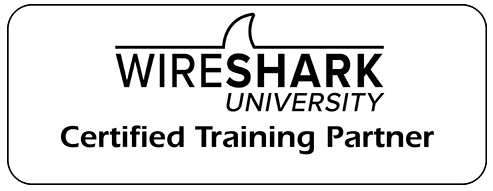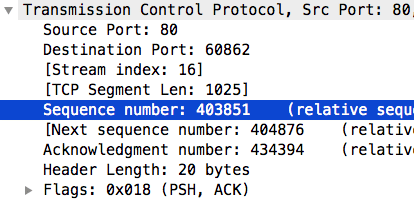TCP is important stuff for network engineers to know.
Why?
Today's problems aren't so cut-and-dry as they used to be. When a problem strikes, we can't just say "it's not the network" and go along with our day. A core understanding of TCP and how it carries and acknowledges data goes a long way in finding the root cause of performance problems today.
One key aspect of TCP that is important to learn is the Sequence and Acknowledgement process. To put it simply, these numbers in the TCP headers indicate how much data has been sent and received. They allow each endpoint to determine if there was packet loss, what needs to be retransmitted, and help to determine how much data is in flight.
For a six-minute crash-course on how TCP Sequence numbers work, check out this video:




